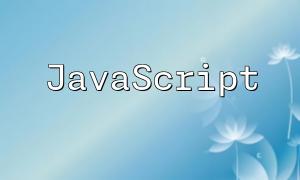PHP is a powerful server-side scripting language commonly used to create dynamic web pages, while HTML is used to structure and present content on the web. Calling PHP code in HTML allows you to dynamically display the results of server-side processing to users.
To use PHP code in an HTML file, make sure the file extension is .php. This ensures that the server recognizes and executes the PHP code instead of treating it as a regular HTML file.
For example, here is a simple PHP code snippet that outputs “Hello, World!”:
echo "Hello, World!";When viewed in a browser, you will see the output “Hello, World!” instead of the code itself.
You can embed PHP code directly into HTML to create more complex dynamic functionality. For example, to display the current date and time, you can use the following PHP code:
echo "Now is: " . date('Y-m-d H:i:s');This code dynamically outputs the current date and time from the server, enhancing real-time interactivity on the page.
By combining HTML forms with PHP, you can collect and process user input. Below is a simple form where users can input their names:
if ($_SERVER["REQUEST_METHOD"] == "POST") {<br> $name = htmlspecialchars($_POST["name"]);<br> echo "Welcome, " . $name;<br>}When the user submits the form, PHP processes the input and returns a personalized welcome message.
When handling user input, always ensure security to prevent SQL injection and cross-site scripting (XSS) attacks. Functions like htmlspecialchars() can help clean user input effectively and prevent malicious code injection.
By embedding PHP code within HTML files, you can create richer and more dynamic web experiences. This method not only enhances the interactivity of web pages but also allows you to deliver customized content based on different user needs. Throughout development, always pay attention to security and performance to ensure your code is both correct and secure.
We hope this article helps you better understand how to call PHP code within HTML and how to apply these techniques to enhance the dynamic features of your web pages in real-world projects.









